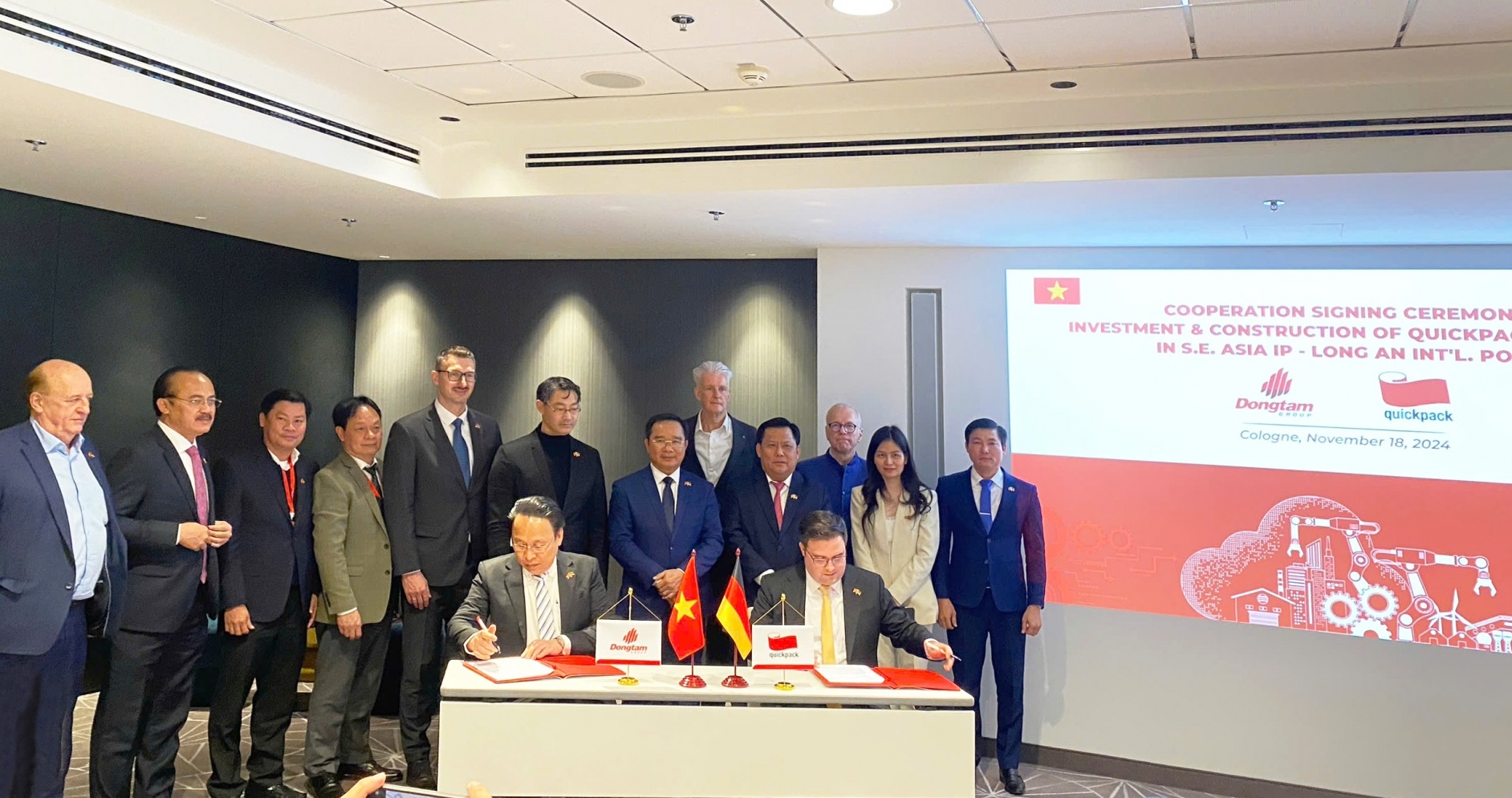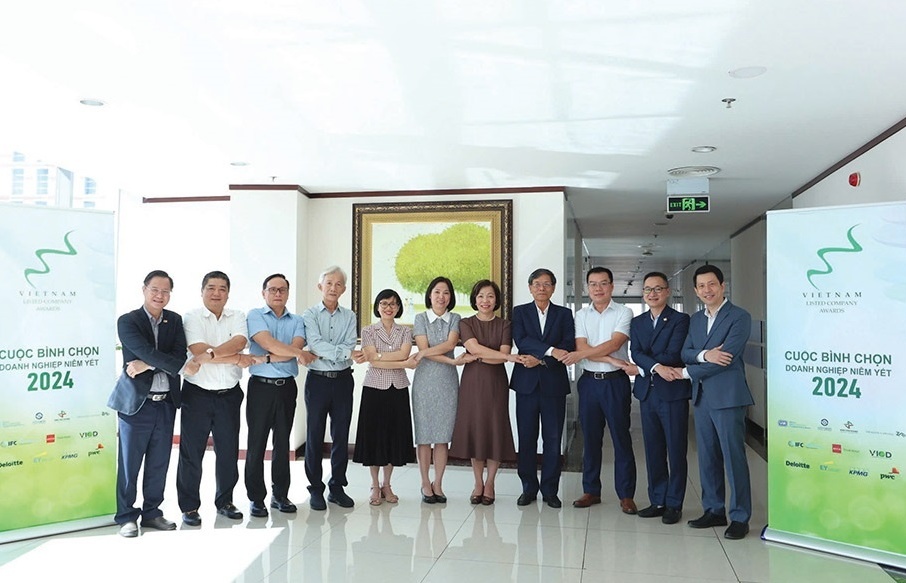WB suggests strategies to combat slack productivity in first quarter
 The Vietnamese economy has grown 5.46 per cent in this year’s first quarter, lower than the 6.12 per cent rise in last year’s corresponding period. What is your take on this reduced rate?
The Vietnamese economy has grown 5.46 per cent in this year’s first quarter, lower than the 6.12 per cent rise in last year’s corresponding period. What is your take on this reduced rate?
First-quarter data indeed contains some indications of a slowdown in the Vietnamese economy. Some of the underlying factors are cyclical in nature (for example, the drought situation in central and southern Vietnam), which means the effects are likely to be temporary.
Other factors – especially the weak external demand for Vietnamese exports – could be more lasting and will have to be closely monitored. The official growth forecast for 2016 of 6.7 per cent is likely to be revised downward over the course of the year to account for the first-quarter dynamics. However, it may be too early to estimate how much of a downward revision is necessary.
What led to the low growth in this year’s first quarter?
The main reason behind the economic slowdown was the 1.2 per cent contraction in the agriculture, forestry, and fisheries sector, caused by the severe drought in the central coastal and highlands areas, as well as salinity intrusion (the most severe in a century) in the Mekong Delta.
These outcomes were triggered by El Nino’s temporary warming of ocean surface temperatures. Besides, the growth rate of Vietnamese exports also slowed down, from 9 per cent in 2015’s first quarter to 4 per cent in this year’s first quarter, which contributed to slower growth in the industrial sector. The slowdown in exports by foreign firms was particularly concerning in this regard, since they have been a major engine of industrial growth in Vietnam.
What should the government do to boost exports?
This is a difficult global environment, not just for Vietnam, but for developing countries in general. The global economy has been struggling since the financial crisis of 2008-2009, and demand for developing-country exports has been weak.
Vietnam, in fact, has done well relative to its East Asian peers in terms of maintaining the strong growth of its exports. This reflects several strengths inherent in its economy and also the safe and welcoming environment it provides to foreign investors. And with the Trans-Pacific Partnership, the EU Free Trade Agreement, and several other regional and bilateral trade agreements on the horizon, the prospects for Vietnamese exports continue to look promising.
The critical challenge for Vietnam is ensuring that it is not just foreign-invested firms that participate in these opportunities. It is equally (if not more) important that domestic firms join the global value chains that are driving Vietnam’s trade integration.
What will be the major drivers of economic growth in the time to come?
Notwithstanding the slight slowdown in the last quarter, Vietnam’s GDP growth has been strong relative to most comparable countries. The one worrying aspect in this otherwise solid performance has been stagnation in total factor productivity, or the output the country gets from each unit increase in labour and capital.
Equally important will be reforms to invigorate the domestic private sector. Here the focus has to be on levelling the playing field for domestic private firms vis-a-vis state-owned enterprises and foreign investors, improving their access to land and finance, and up-skilling the workforce above and beyond its current proficiency in basic education.
Over the longer term, stronger productivity growth would emerge from investments in science and technology, and in innovation capabilities, as well as in urban infrastructure.
Future growth will be driven by modern manufacturing and services, activities for which dynamic, efficient, and well connected urban centres are essential.
What the stars mean:
★ Poor ★ ★ Promising ★★★ Good ★★★★ Very good ★★★★★ Exceptional
Latest News
More News
- Trump's trade policies could shape Vietnam's economic outlook: Dragon Capital (November 15, 2024 | 16:56)
- Prioritising corporate governance for Vietnam’s sustainable growth (November 14, 2024 | 16:50)
- Vietnam eyes nuclear revival to bolster energy security (November 14, 2024 | 16:46)
- German businesses explore investments in Dong Nai (November 08, 2024 | 18:02)
- Vietnamese consumer sentiment outperforms regional averages (November 08, 2024 | 18:00)
- Exchange and interest rates forecast to remain stable after US election (November 07, 2024 | 14:04)
- Industrial real estate stocks benefit from US election results (November 07, 2024 | 13:56)
- 2024 sees $1.41 billion in fintech funding so far (November 07, 2024 | 08:13)
- Trump at 266 electoral votes, Harris at 195: US media (November 06, 2024 | 14:30)
- Hanoi targets digital and high-tech investment with upcoming event (November 06, 2024 | 13:28)

















 Mobile Version
Mobile Version